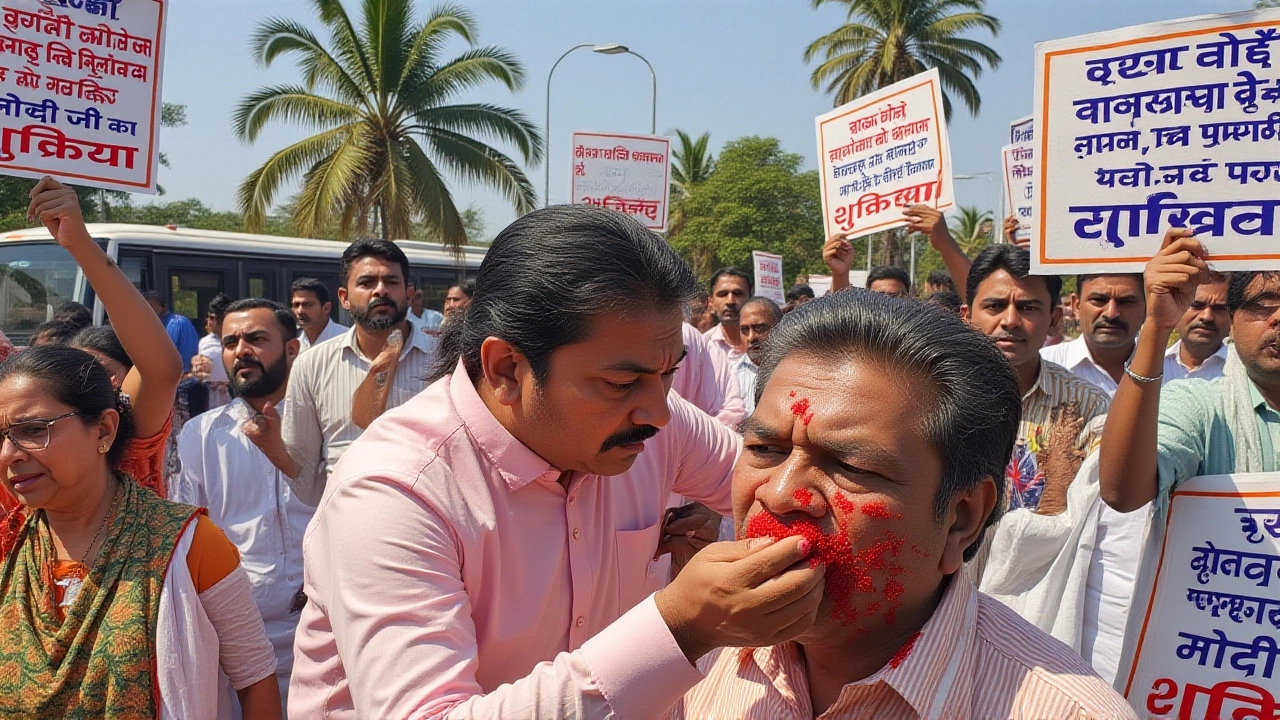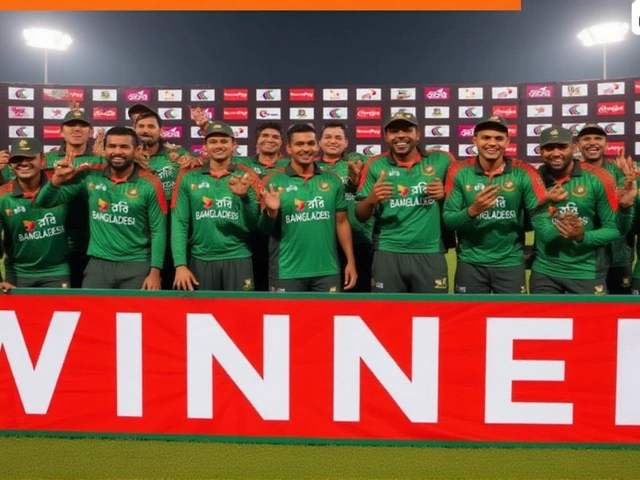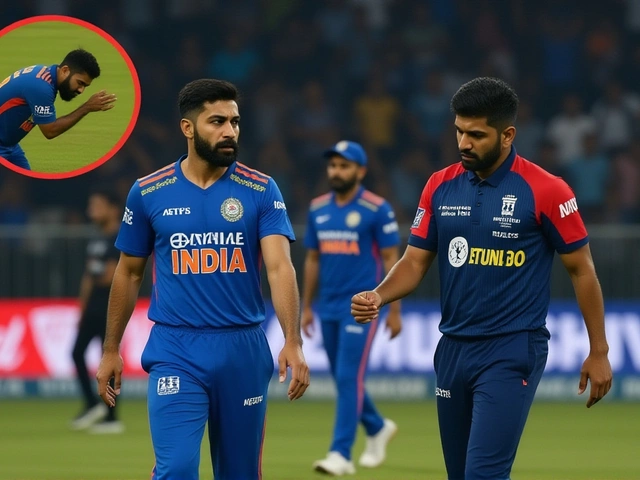
When the results of the Bihar Legislative Assembly election 2025Bihar were declared on November 17, 2025, one stark truth emerged: only 11 Muslim legislators were elected out of 243 seats. That’s not just a drop—it’s a historic collapse. With Muslims making up nearly 17.7% of Bihar’s population, their representation in the Assembly has plummeted to just 4.5%, the lowest since 1951. The numbers don’t lie. In 2020, there were 19 Muslim MLAs. In 2015, it was 24. In 1985, the peak, 34. Now? Eleven. And the implications ripple far beyond statistics.
A Historic Decline in Representation
The Bihar Legislative Assembly has always reflected the state’s complex social fabric. But this election changed the rules. For the first time in seven decades, Muslims hold fewer than 5% of seats despite being nearly one in six residents. It’s not a marginal shift—it’s a structural unraveling. Analysts point to vote fragmentation, especially in the Seemanchal region, where multiple parties fielded Muslim candidates, splitting the community’s vote. In places like Baisi and Kochadhaman, where Muslims once voted en masse, the electorate fractured across parties. The result? Winners from non-Muslim communities, and losers from within.
Who Won? The Party Breakdown
Surprisingly, the biggest beneficiary of this fragmentation wasn’t the traditional Muslim-centric party, but All India Majlis-e-Ittehadul Muslimeen (AIMIM). Under the leadership of Akhtarul Iman, the party won five seats—all in Seemanchal. Iman himself won Bahadurganj by over 38,000 votes. Others followed: Amaur, Jokihaat, Kochadhaman, and Baisi. AIMIM’s aggressive, localized campaign—focused on development, not just identity—paid off.
Meanwhile, the Rashtriya Janata Dal (RJD), which had fielded 18 Muslim candidates, saw just three win: Usman Shahabuddin and Asif Ahmed among them. The Congress managed only two out of ten—both from Kishanganj and Araria. The Janata Dal (United)’s lone win? Mohammad Jama Khan from Chaunpur. That’s it. One. From a party that once claimed to be the guardian of minority interests.
The Rise of the OBC and EBC Blocs
This isn’t just a story about Muslims losing ground—it’s about others gaining it. The Other Backward Classes (OBC) won 83 seats. The Extremely Backward Classes (EBC) won 37. Dalit communities added another 36. Together, these groups now hold over 120 seats—nearly half the Assembly. That’s not coincidence. It’s strategy. Parties realized that caste-based consolidation, especially among EBCs, delivers more reliable votes than religious identity politics. And in a state where 60% of voters identify as OBC or EBC, the math is undeniable.
Even the Rajput (32 seats), Yadav (28), and Kurmi (25) blocs outperformed Muslims. The message? Identity politics is no longer enough. Voters want development, not just symbolism.
Why This Matters Beyond Bihar
Bihar is now the second state after Telangana where AIMIM’s Muslim MLAs outnumber those from any other party. That’s a seismic shift. It signals that Muslim voters are no longer loyal to traditional parties that take them for granted. They’re voting for whoever delivers—whether it’s a regional outfit like AIMIM or even an independent candidate. The old playbook—offering tickets without accountability, treating Muslims as a monolithic vote bank—is crumbling.
And here’s the twist: this isn’t just about Muslims. It’s about democracy’s evolution. When a community that makes up nearly one-fifth of the population holds less than 5% of seats, the system is out of balance. But the real danger isn’t the decline—it’s the silence around it. No major party has offered a coherent plan to reverse this. No leader has stepped up to say, "We need more Muslim voices at the table." The Election Commission of India released the final list on November 17, but the real reckoning is just beginning.
What Comes Next?
Political analysts warn this trend could spread. If Muslim voters feel consistently ignored, they may disengage entirely—or turn to more radical alternatives. Already, in some districts, voter turnout among Muslims dropped by 8-10% compared to 2020. That’s not apathy—it’s alienation.
For the next government, the challenge isn’t just winning elections. It’s rebuilding trust. Can parties offer real representation—not just symbolic gestures? Can they invest in Muslim-majority constituencies with schools, jobs, and infrastructure, not just campaign rallies? The answer will determine whether Bihar’s democracy becomes more inclusive—or more fractured.
Frequently Asked Questions
Why is Muslim representation in Bihar’s Assembly at its lowest ever?
Muslim representation dropped to 11 MLAs in 2025 due to vote fragmentation across multiple parties, especially in Seemanchal. While Muslims make up 17.7% of Bihar’s population, AIMIM’s focused campaigns siphoned support from traditional parties like RJD and Congress, which fielded too many candidates and failed to deliver local development. The result: a historic low of just 4.5% representation.
How did AIMIM manage to win five seats when other parties lost?
AIMIM ran a hyper-localized campaign, focusing on infrastructure, education, and employment in Muslim-majority areas like Bahadurganj and Baisi. Unlike other parties, they didn’t just offer tickets—they built trust through consistent ground presence. Their candidate Akhtarul Iman won by over 38,000 votes, proving that voters responded to governance, not just identity.
What does this mean for future elections in Bihar?
Future elections will hinge on caste and development, not religion alone. With OBC and EBC blocs controlling over 120 seats, parties must now appeal to broader coalitions. Muslim voters, disillusioned by tokenism, may increasingly support candidates based on performance—not party loyalty. This signals the end of the "vote bank" model and the rise of issue-based politics.
Is this decline unique to Bihar, or is it happening elsewhere in India?
No, it’s part of a larger pattern. In Uttar Pradesh and West Bengal, Muslim representation has also declined as voters shift toward parties offering tangible development. Telangana is the only other state where AIMIM leads Muslim representation. Across India, identity-based politics is losing ground to performance-based governance, especially among younger, urban Muslim voters.
How does this compare to national trends in minority representation?
Nationally, Muslim representation in state assemblies has been declining since 2014, but Bihar’s drop is the steepest. In 2014, Muslims held 5.2% of seats in state legislatures; by 2025, it’s down to 4.1%. Bihar’s 4.5% is below the national average, highlighting systemic exclusion. Even in states with higher Muslim populations like Jammu & Kashmir or Kerala, representation remains above 7%.
What are the long-term consequences of this underrepresentation?
Without political voice, Muslim communities risk being excluded from budget allocations, education policies, and job schemes. This fuels resentment and may push youth toward radicalization or disengagement. The state loses not just voices, but ideas. For Bihar to grow, it needs all its people at the table—not just those who fit the old political mold.
More Articles

Bangladesh crush West Indies by 179 runs to seal 2-1 ODI series win in Dhaka
Bangladesh defeated West Indies by 179 runs in Dhaka on October 23, 2025, to win the ODI series 2-1, marking their second-largest ODI victory ever and fourth straight home series win over the Caribbean side.

Amit Shah to address six public rallies in Bengal today?
Amit Shah, the Union Home Minister, is set to address six public rallies in West Bengal today. The rallies are part of the Bharatiya Janata Party's campaign for the upcoming West Bengal Assembly elections. The rallies are scheduled to be held in the districts of North 24 Parganas, South 24 Parganas and Kolkata. The BJP is hoping to make a dent in the state's politics by winning the upcoming elections.

